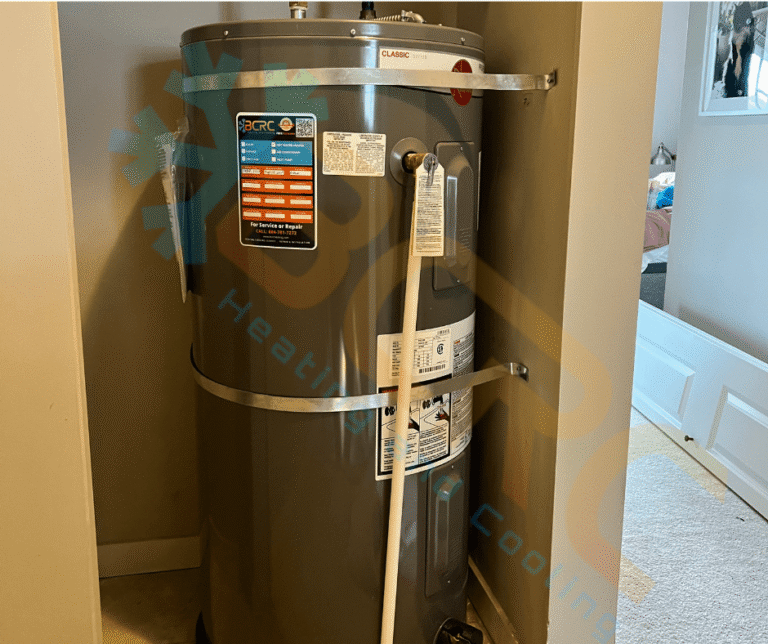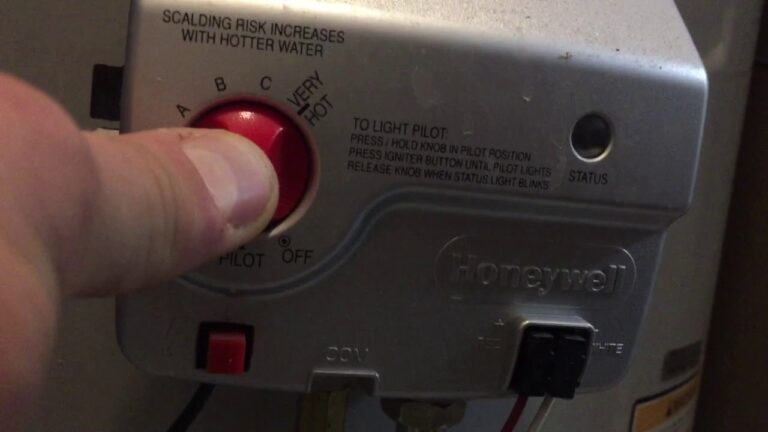Imagine stepping into a refreshing shower only to be greeted by icy water. Frustrating, right?
If your Rheem water heater’s pilot light won’t light, you’re not alone. This common issue can disrupt your daily routine and leave you searching for quick fixes. But don’t worry, you’re in the right place. You’ll discover simple solutions to get your hot water running again.
We’ll guide you through each step, ensuring you feel confident and empowered to tackle the problem. So, if you’re ready to say goodbye to cold showers and hello to comfort, keep reading. Your home’s warmth is just a few steps away.
Common Causes rheem water heater pilot light won’t light
Several reasons can cause a Rheem water heater’s pilot light to fail. Dirt blocking the pilot tube or a faulty thermocouple are common issues.
If you’ve ever gone to take a hot shower only to find your Rheem water heater igniter won’t spark, you know the frustration.

#1 Gas Supply Issues
A steady gas supply is essential for your pilot light to function. If the gas valve is closed or partially open, the Rheem hot water pilot light won’t ignite.
Ensure that the gas valve is fully open and check other gas appliances to see if they are working, indicating a possible issue with the gas supply to your water heater.
#2 Faulty Thermocouple
The thermocouple is a safety device that senses if the pilot light is on. If it’s faulty, it might incorrectly shut off the gas supply, preventing the light from staying lit.
A quick test is to hold the pilot button for a longer time and see if the light stays on; if not, replacing the thermocouple might be necessary.
#3 Clogged Pilot Orifice
A pilot orifice can become clogged with dirt and debris over time. This blockage will prevent the pilot light from igniting.
Cleaning it with a needle or compressed air often resolves the issue, but be careful not to damage the orifice in the process.
#4 Defective Control Valve
A defective control valve can disrupt the flow of gas to the pilot light. If all other components seem fine, the control valve might be the culprit. Replacing it isn’t a DIY task; it requires a professional to ensure safety and proper installation.
Have you checked all these areas and still have issues? It might be time to consider professional help. Remember, safety comes first, and dealing with gas appliances requires caution.
What other troubleshooting steps have you found effective in maintaining your water heater? Share your experiences in the comments!
Safety Precautions When fix pilot light on rheem water heater
Ensure safety by turning off the gas supply before working on the Rheem water heater’s pilot light. Always use a flashlight instead of a match to check for gas leaks. Keep the area well-ventilated to avoid gas buildup.
When the Rheem water heater pilot light won’t light, safety is crucial. Handling gas appliances requires care to prevent accidents. Follow these guidelines to ensure a safe environment.
Gas Leak Detection
Detect gas leaks promptly. Listen for hissing sounds around the heater. Smell for a sulfur-like odor, indicating a gas leak.
Use a gas detector for precise readings. Turn off the gas supply immediately if a leak is suspected. Contact a professional for repairs.
Proper Ventilation
Ensure proper ventilation in the heater area. Adequate airflow prevents gas buildup. Open windows and doors when working on the heater. A well-ventilated space reduces the risk of dangerous gas concentrations. Keep vents clear and unobstructed.
Using Protective Gear
Wear protective gear while working on the heater. Use gloves to protect your hands from sharp edges. Safety goggles shield eyes from debris. A mask can prevent inhalation of dust and gas. Protective gear minimizes injury risks during maintenance.
Steps To troubleshooting pilot light water heater
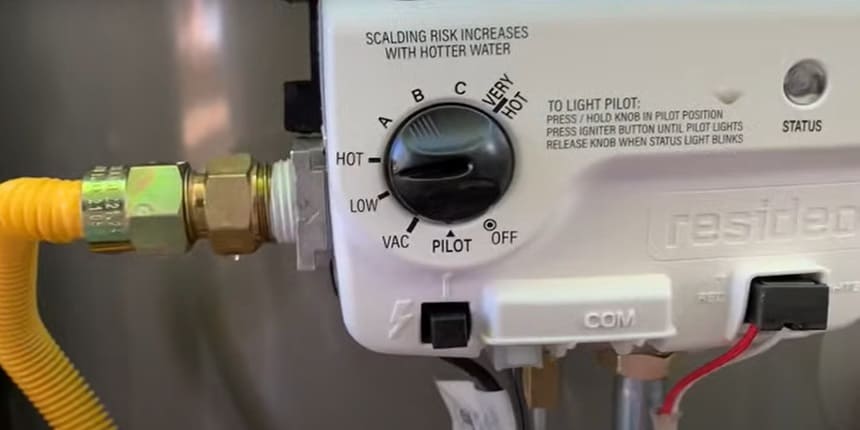
Having trouble with your Rheem water heater pilot light not working? You’re not alone. Many face this issue, but it’s often simple to fix. Follow these troubleshooting steps to get your water heater back in action. Each step focuses on a different part of the heater. Identify the problem and fix it yourself. Let’s dive in.
Step 1: Inspecting Gas Supply
First, ensure the gas supply is on. The gas valve should be open. Check if other gas appliances work. If not, there might be a gas supply issue. Contact your gas provider for assistance.
Step 2: Cleaning The Pilot Orifice
The pilot orifice might be clogged. Dirt can block the gas flow. Turn off the gas supply before cleaning. Use a needle to clear the orifice gently. Ensure it’s free from debris.
Step 3: Testing The Thermocouple
The thermocouple might be faulty. It senses the pilot flame. If it’s not working, the gas valve shuts. Use a multimeter to test it. It should read a certain voltage when heated. Replace it if it’s not working properly.
Step 4: Replacing Faulty Parts
If your Rheem water heater pilot light won’t ignite, faulty parts might be the issue. Replacing these parts can restore functionality. Let’s explore key components that might need replacement.
Thermocouple Replacement
The thermocouple is a crucial safety device. It senses the pilot light’s heat. If it’s faulty, the Rheem water heater pilot light won’t stay lit. Replacing the thermocouple can solve this issue.
Start by turning off the gas supply.
Unscrew the thermocouple from the gas valve.
Install the new thermocouple and secure it tightly.
Ensure it’s properly aligned with the pilot flame. Restore the gas supply and test the pilot light.
Control Valve Replacement
The control valve regulates gas flow to the pilot light. A malfunctioning valve can cause ignition issues. Replacing it requires careful steps. First, turn off the gas and disconnect the power. Remove the old valve by unscrewing it.
Install the new valve, ensuring all connections are secure. Restore the gas and power. Test the heater to confirm proper operation.
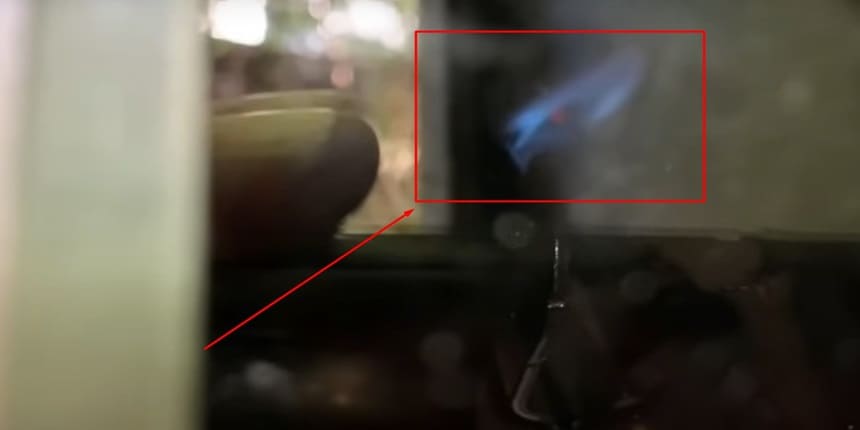
When To Call A Professional
Sometimes, fixing a Rheem water heater can be challenging. DIY solutions might seem easy, but they can lead to bigger problems. Knowing when to call a professional can save time and money. This section will guide you on when expert help is necessary.
Complex Repairs
Complex repairs require specialized tools and skills. Diagnosing an electrical fault or replacing major components needs expertise. Professionals ensure safe and accurate repairs. Attempting these on your own might lead to safety hazards.
Persistent Issues
Repeated problems with Rheem hot water heater not lighting pilot can be frustrating. If the issue returns after fixing, it’s time to seek help. Persistent issues might indicate hidden problems. A professional can identify and resolve these efficiently.
Warranty Considerations
Warranty terms often require professional service. Attempting repairs yourself might void the warranty. Always check your warranty conditions before starting any repair. Hiring a certified technician maintains your warranty benefits.
Maintenance Tips
Keeping your Rheem water heater in top-notch condition isn’t just about fixing issues as they arise; it’s about preventing them in the first place. Regular maintenance can be the difference between having hot water whenever you need it and facing unexpected cold showers.
Regular Inspection
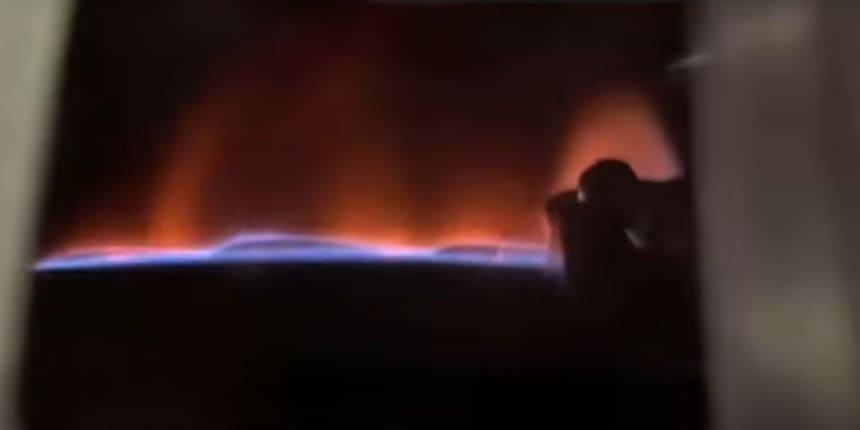
Make it a habit to check your water heater monthly. Look for any signs of wear and tear, like rust or leaks. These inspections can prevent bigger problems down the line.
Check the pilot light and gas valve. If the Rheem pilot won’t light, your inspection might reveal the cause, such as a faulty thermocouple or a draft.
Jot down any irregularities you notice. These notes can be helpful if you need to consult a professional.
Cleaning Routine
Dust and debris can accumulate in the water heater over time. This buildup can affect the pilot light’s ability to stay lit.
Gently clean around the pilot light and gas valve with a soft brush. Make sure to turn off the gas before cleaning.
Regular cleaning helps maintain efficiency and can extend the lifespan of your water heater. Can you afford to skip this step?
Seasonal Checks
As seasons change, so do the demands on your water heater. Conduct a thorough check at the start of each season.
In winter, inspect for drafts that might extinguish the pilot light. In summer, ensure ventilation is adequate to prevent overheating.
Adjusting to seasonal changes can prevent surprises and keep your hot water flowing consistently.
How often do you think about your water heater? These simple maintenance tips can save you from unexpected hassles. Keep your Rheem water heater running smoothly with regular care, and enjoy uninterrupted comfort in your home. Your proactive approach can make all the difference.
Frequently Asked Questions
Why Won’t My Rheem Water Heater Pilot Light?
Your Rheem water heater pilot light may not light due to a faulty thermocouple, dirty pilot orifice, or gas supply issues. Check for blockages or debris around the pilot light area. Also, ensure the gas supply is on. If problems persist, consider professional assistance.
How Do I Fix A Rheem Pilot Light?
To fix a Rheem pilot light, first ensure the gas valve is open. Clean the pilot orifice and check the thermocouple for damage. If the issue continues, replacing the thermocouple might be necessary. Consult your heater’s manual for specific guidance.
What Causes Pilot Light To Go Out?
A pilot light can go out due to a malfunctioning thermocouple, drafts, or insufficient gas supply. Ensuring proper ventilation and checking for debris around the pilot area can help. Regular maintenance can prevent future issues and ensure consistent operation.
Can I Relight My Rheem Water Heater Myself?
Yes, you can relight your Rheem water heater yourself. Turn off the gas, wait a few minutes, and follow your heater’s manual for relighting instructions. Ensure safety by checking for gas leaks before proceeding. If uncertain, consult a professional technician.
Conclusion
Fixing your Rheem water heater’s pilot light is easier than it seems. Start by checking the gas supply. Make sure it’s on. Next, inspect the thermocouple and pilot tube. Clean or replace them if necessary. Sometimes, the igniter might need attention.
A little troubleshooting can save you a service call. Remember, regular maintenance helps prevent future issues. Keep a close eye on your heater’s performance. A well-functioning water heater ensures comfort. Stay warm, stay safe. Enjoy reliable hot water every day.

